Cultura
The art is stateless (ENGLISH VERSION)
This week I interviewed Diego Palacios, an international painter who mixes painting, photography and pixel art in his works to express the relationship between reality and the subconscious.
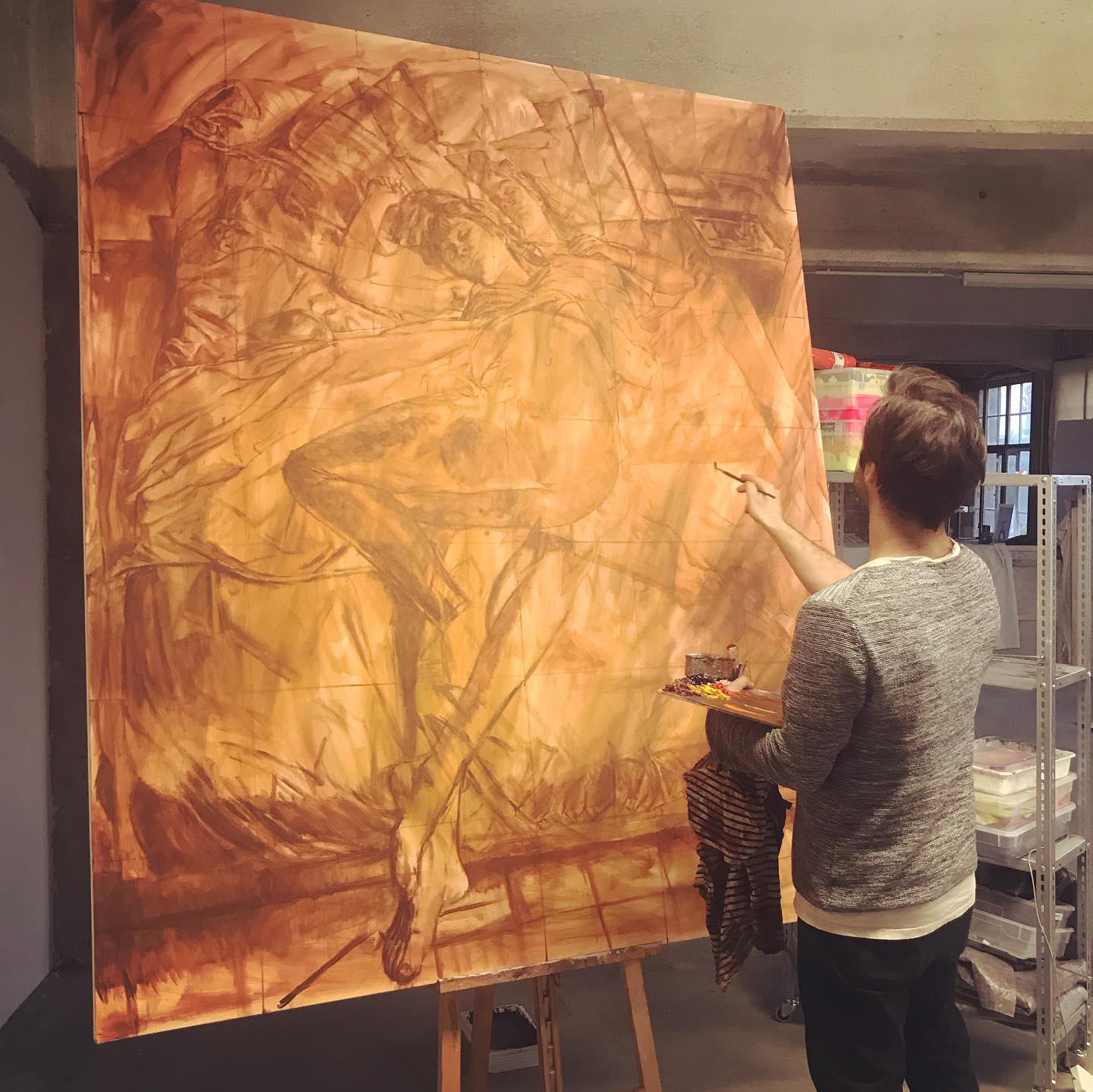
di Alessandro Andrea Argeri.
–How did you start, or better: how did you discover the “creative vein” in yourself?
I used to be a good drawer at school as a kid, my friends would ask me to draw them. Then a classmate starting drawing so well i stopped it for 20 years (he’s Guillermo Lorca, now a famous painter). I only started again one day I had a massive urge to paint, after having seen HGB in Leipzig and the painting school in Berlin. I alway knew I wanted to do something creative but i had a creative blockage. And at some point in 2011 the blocking stopped. When the blocking stopped I felt it strongly in my guts.
-Can you describe your self-taught experience?
My first approaches were at my friend Guillermo Lorca’s studio. He gave me some basic hints to learn to paint. Then i went to an art show with my girlfriend in Paris: Jordaens. It made me think painting was something one could learn. Then my mission was to make a modern, old looking painting. This would be my first real sale, Famille Parisienne Métro Louis Blanc, in 2014.
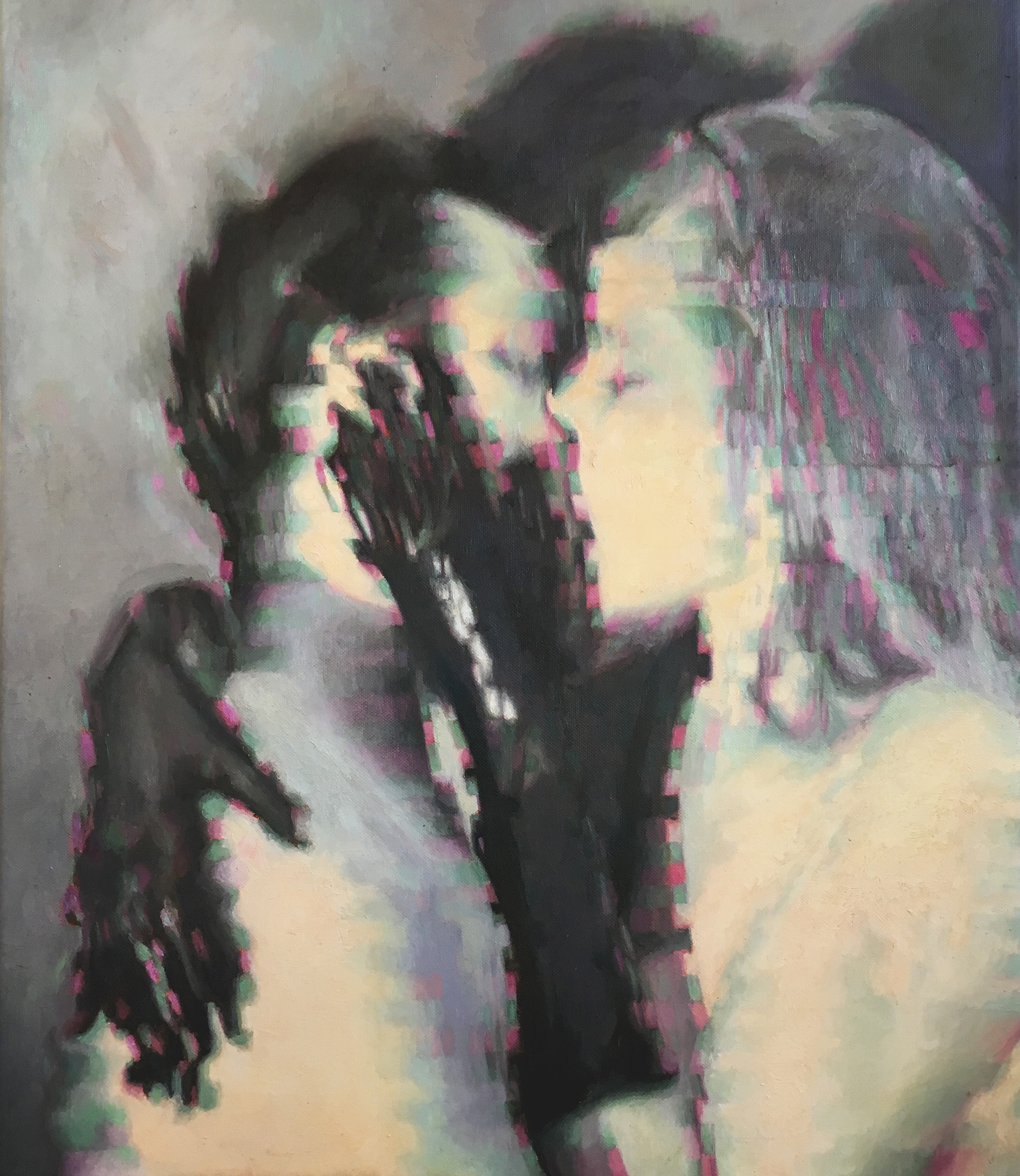
-Chile, France, Sweden, Scotland, Germany. You have really traveled a lot! What life experiences have shaped and changed you the most?
More than the different countries it has always been people and relationships that have shaped me the most. Since i was a child I knew i wanted travel far away. I think this has taught me people in different cultures have different priorities, but at the same time the basic moving forces are the same everywhere to us humans.
-What are your models of inspiration?
People with courage to go on and on. Painting wise I love too many artists, from Rembrandt to Ruprecht von Kaufmann to Balthus. Adam Lupton, Guillermo Lorca, Penny Monogiou. Alexander Tinei of course. They are so many. And i have a weakness, finding always my friend’s work so fine.
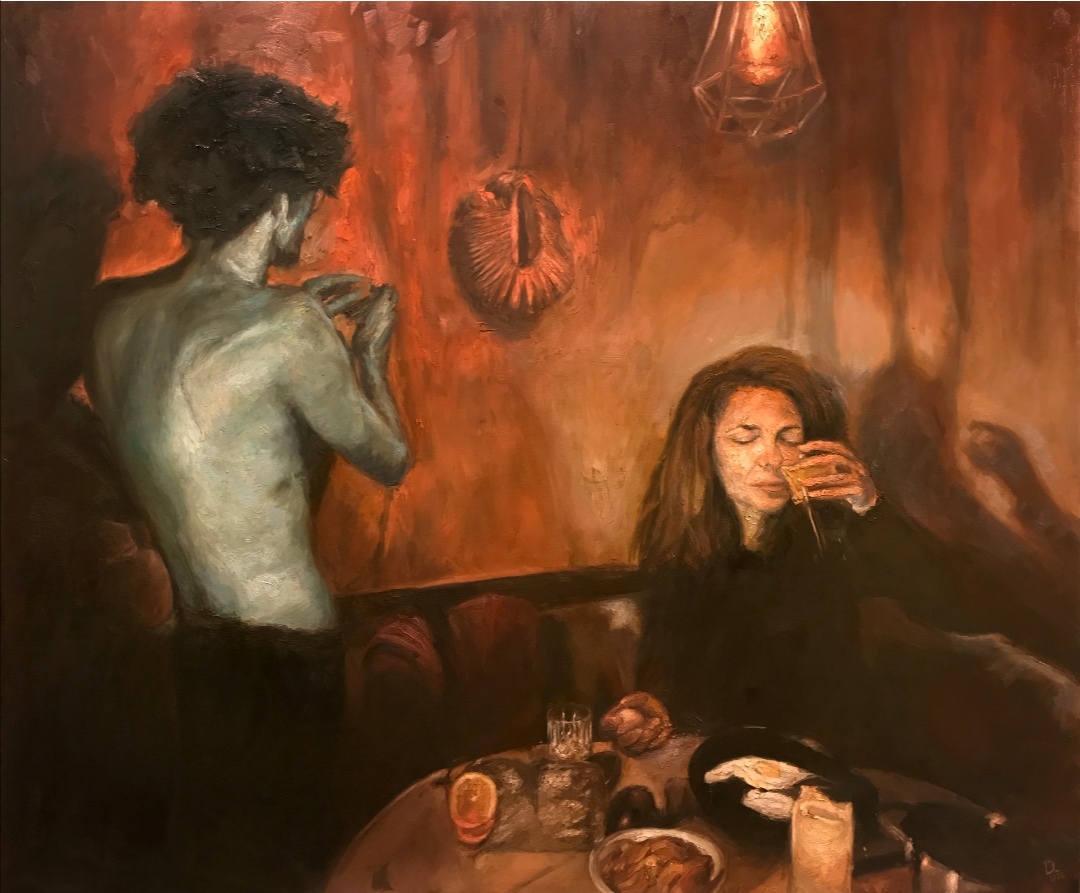
-Which subjects do you prefer? With what expressive purposes?
I tend to prefer to make paintings with people in them. The concept of intimacy and technology is a rather constant line in my work i like exploring.

-You recently declared on your social channels that you have embarked on a new artistic journey. Could you tell us about it?
Sure, i think you probably are referring when i painted ‘Olympia returns’. I just realised i was ok with painting in a more academic style, which is kind of a rebellious thing in the art world today, paradoxically.I changed my brushes for thicker ones and incorporated my good friend the knife. I also switched to a 4 – colour palette being known as the Zorn or Apelles palette.
-There is a lot of skepticism about modern art and certain artistic solutions. How is art changing?
Art is always moving and evolving i would say. I imagine art is flirting more and more with technology. About being skeptical about modern art i think i am not qualified to judge, actually, it is one of those big human questions! It is not too foolish to say that some of the art we see in high places is there thanks more to influence than to quality, though, as the art world is highly capita as the art world is highly capitalized. The art world is a big skatepark with different gangs, valuing different things depending in which one you are, and following different implicit rules.
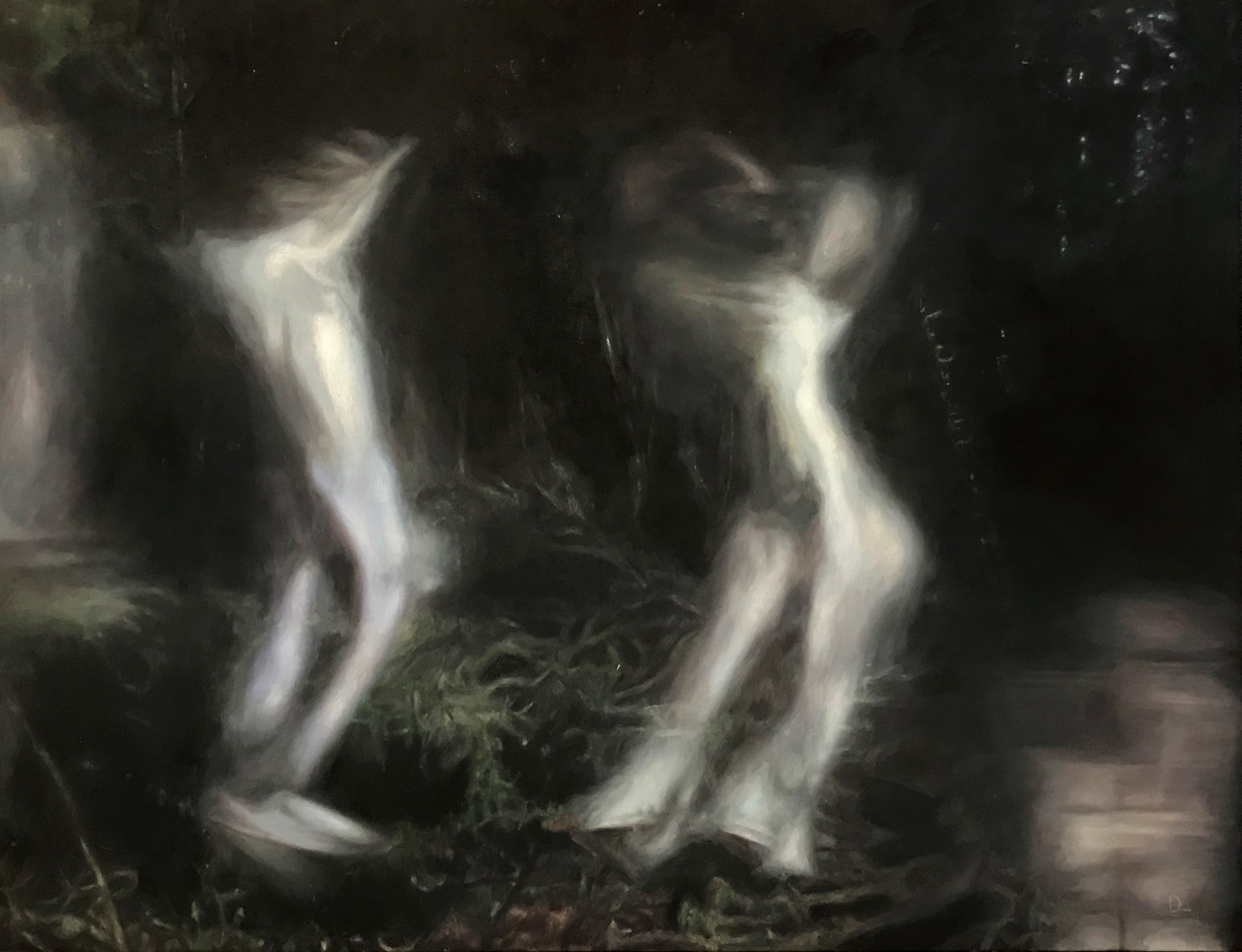
-In addition to brushes, your art can be found with photography and pixel art. How do you use these “modern” tools?
I am a friend to photography and technology. For good or worse, screens are very present in our lives today. Including them in painting is a bit like assuming our plein air reality today. I use photoshop to deform and transform images i find or plan with a photo shooting. Then as i paint things happen along the way.
-How does your creative process develop?
Usually with a bath or a tram ride, there’s no internet there to distract me. I have an old Nokia phone not to have the choice to go online on the street or at friend’s. Some other times I pick up a block and make a list of ideas. I then often ask my friends for their opinion. Sometimes i shamelessly go look at some painter I li painter I like and steal their ideas, with a small twist or reinterpretation.
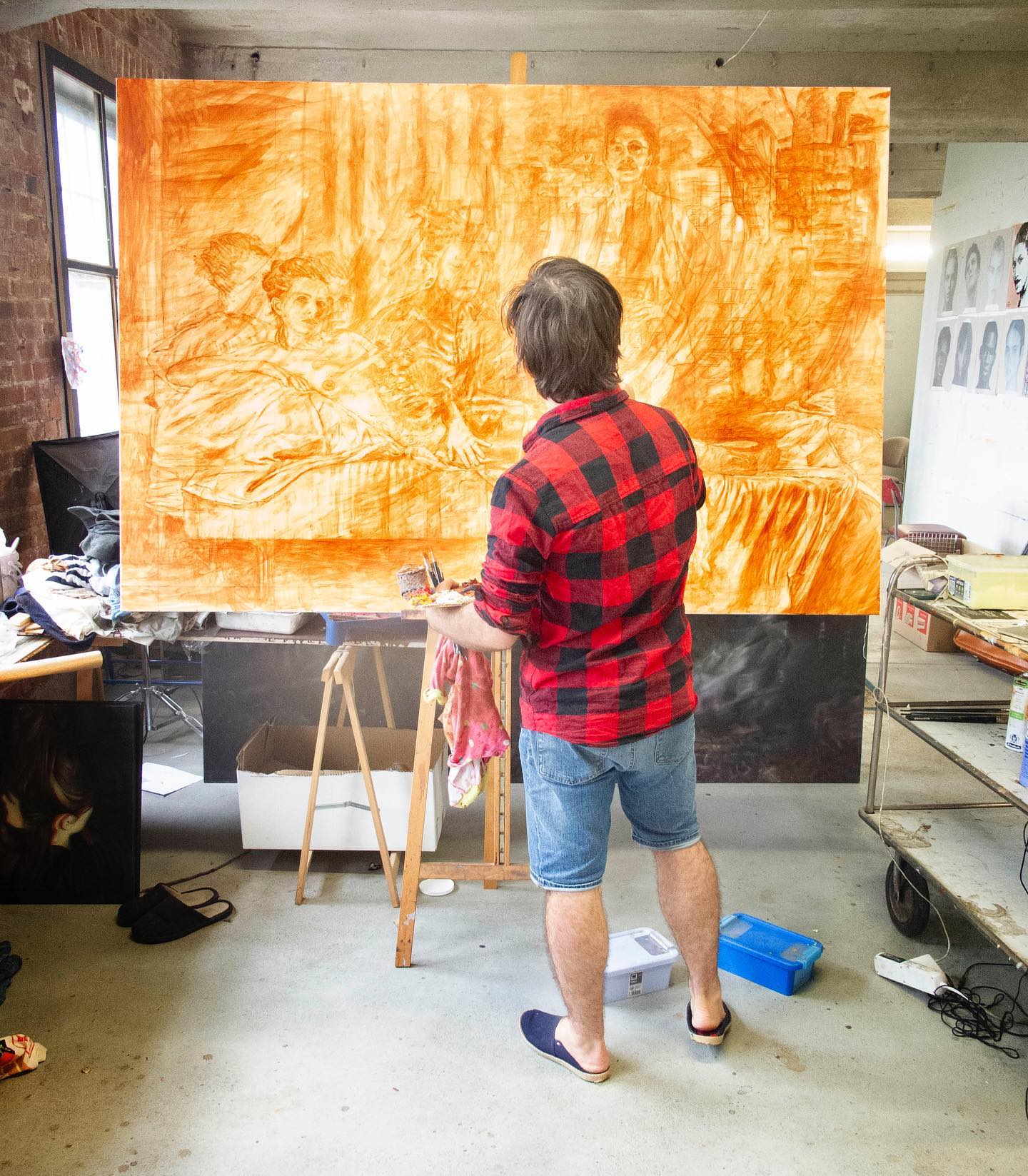
-Which of your works do you prefer the most?
I’m like most artists: I tend to find the newest work the coolest.
-Last question. I think this interview will be useful to all young artist, what do you suggest them?
My recommendation for any young artist is, if this is really what you want to do, do it. And then: resist. The longer you resist the closest you are to your goal. The most persistent make it, not necessarily the most talented. It is what, at least, I believe.
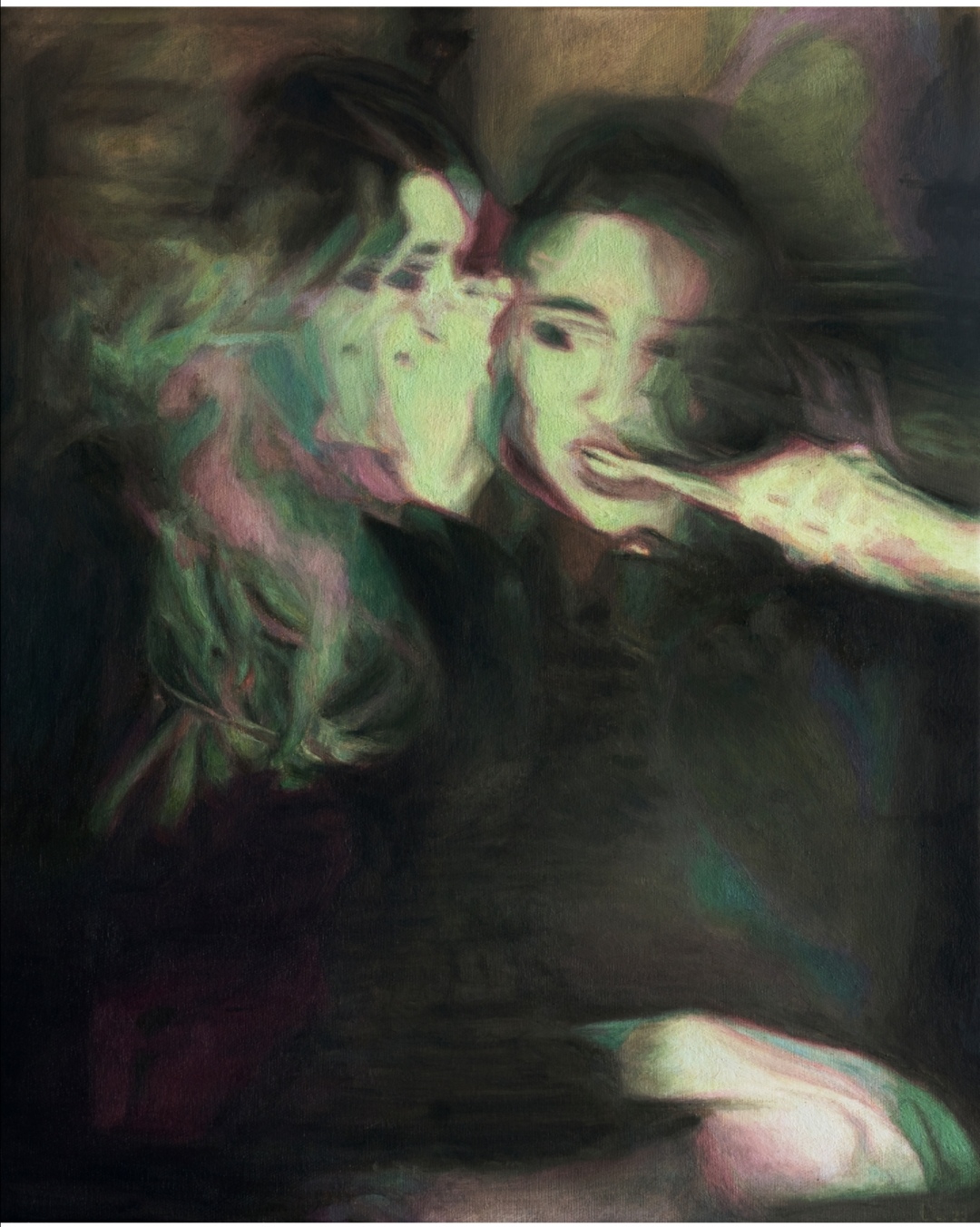
Thank you, Diego!
RIPRODUZIONE RISERVATA ©

